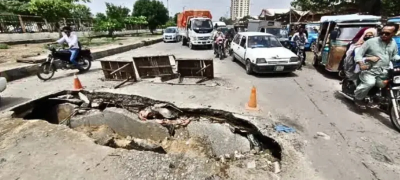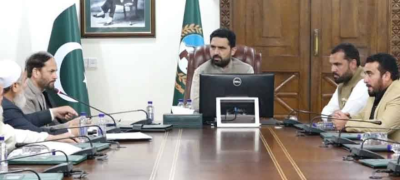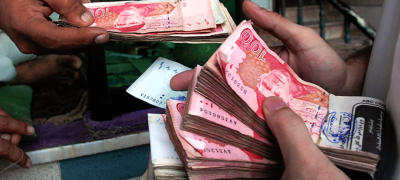Karachi’s rain has once again highlighted the fragile infrastructure of Pakistan’s largest city. Intense downpours over the past 24 hours caused widespread flooding, disrupted traffic, and left many areas waterlogged. Authorities declared an emergency as citizens struggled to reach work, schools, and essential services. This episode of Karachi rain has renewed calls for better drainage systems and urgent city planning reforms.
According to the Karachi Metropolitan Corporation, several low-lying areas, including Saddar, Clifton, and Gulshan-e-Iqbal, faced severe waterlogging. Emergency teams were deployed to pump out floodwaters and restore access to major roads. Officials warned that heavy rains are likely to continue, urging residents to avoid unnecessary travel.
The recurring issues caused by Karachi’s rain are not new. Residents have long criticized the city’s drainage infrastructure, describing it as outdated and insufficient to handle seasonal downpours. Poor maintenance of drains, blocked waterways, and encroachments on natural water channels all contribute to flooding. This has repeatedly put the public at risk and disrupted daily life.
Schools, markets, and government offices reported closures or delays due to the waterlogging. Social media platforms were flooded with images of submerged vehicles, overflowing drains, and stranded commuters. Citizens called for long-term solutions to prevent Karachi rain from turning routine showers into emergencies.
Authorities emphasized that the recent flooding is a wake-up call. Karachi’s rain not only exposes the vulnerability of the city’s infrastructure but also stresses the need for coordinated disaster management and urban planning. The provincial government is reportedly reviewing emergency protocols and planning measures to upgrade the drainage system.
Residents are being advised to follow safety guidelines, avoid flooded roads, and stay informed about local alerts. The latest updates and official instructions can be found in this report on the Karachi rain emergency.
Experts stress that long-term solutions, including improved drainage networks, stricter construction regulations, and public awareness campaigns, are essential to minimize the impact of future rains. Until then, each episode of Karachi rain will continue to test the city’s resilience and highlight its infrastructural weaknesses.







